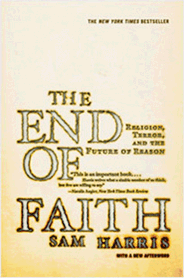
(Photo by h.koppdelaney)
One cannot travel far in spiritual circles without meeting people who are fascinated by the “near-death experience” (NDE). The phenomenon has been described as follows:
Frequently recurring features include feelings of peace and joy; a sense of being out of one’s body and watching events going on around one’s body and, occasionally, at some distant physical location; a cessation of pain; seeing a dark tunnel or void; seeing an unusually bright light, sometimes experienced as a “Being of Light” that radiates love and may speak or otherwise communicate with the person; encountering other beings, often deceased persons whom the experiencer recognizes; experiencing a revival of memories or even a full life review, sometimes accompanied by feelings of judgment; seeing some “other realm,” often of great beauty; sensing a barrier or border beyond which the person cannot go; and returning to the body, often reluctantly.
(E.F. Kelly et al., Irreducible Mind: Toward a Psychology for the 21st Century. New York: Rowman and Littlefield, 2007, p. 372)
Such accounts have led many people to believe that consciousness must be independent of the brain. Unfortunately, these experiences vary across cultures, and no single feature is common to them all. One would think that if a nonphysical domain were truly being explored, some universal characteristics would stand out. Hindus and Christians would not substantially disagree—and one certainly wouldn’t expect the after-death state of South Indians to diverge from that of North Indians, as has been reported. It should also trouble NDE enthusiasts that only 10−20 percent of people who approach clinical death recall having any experience at all.














